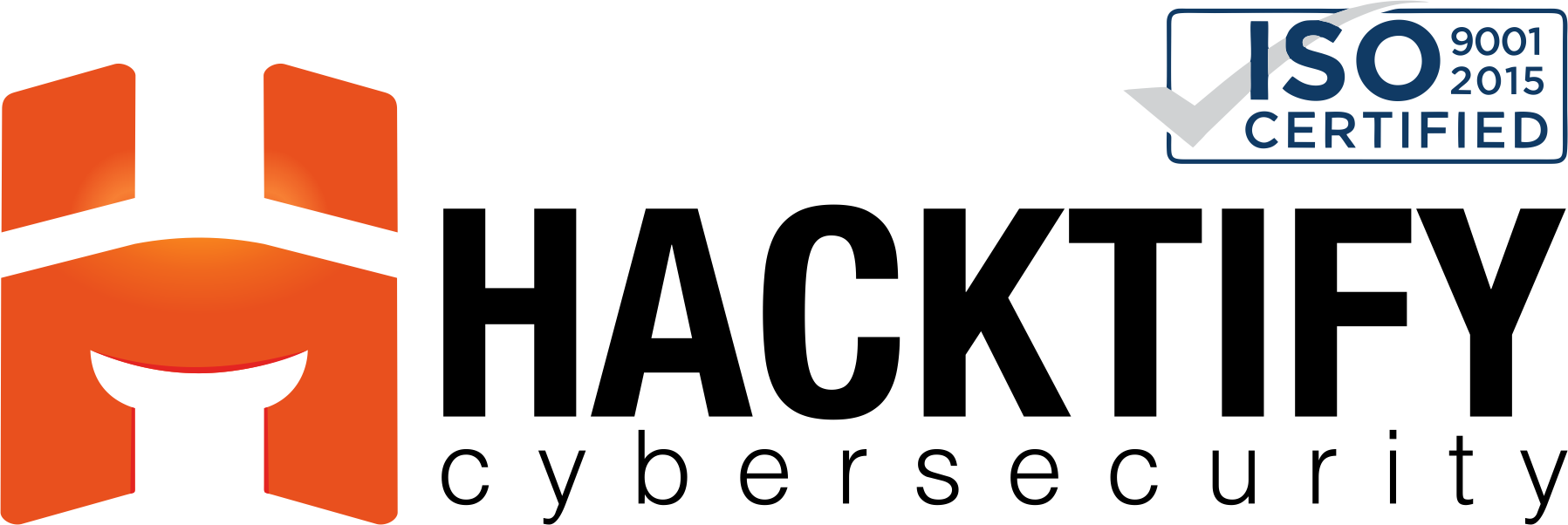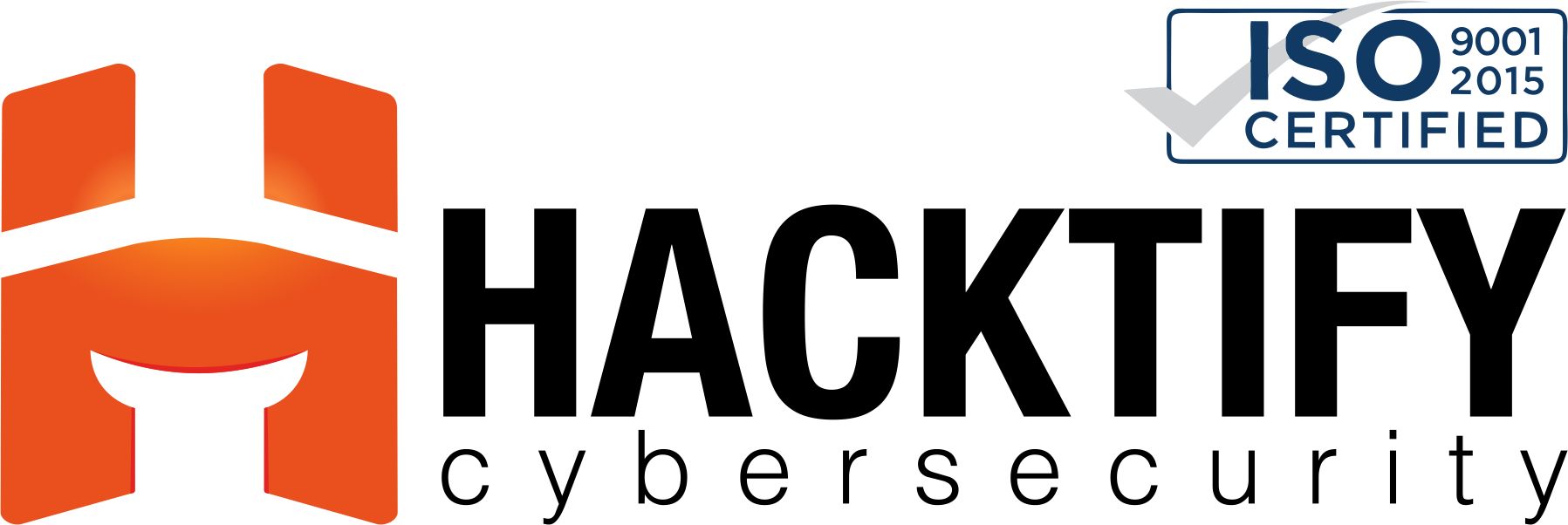Infrastructure Configuration Review
Infrastructure Configuration Review is a systematic evaluation of an organization’s network, systems, and devices to ensure that they are configured in accordance with established security best practices and guidelines. Properly configured systems are fundamental to preventing security breaches, data leaks, and unauthorized access.
Key Aspects Of Infrastructure Configuration Review:
- Scope Definition: The review process begins by defining the scope, which includes identifying the network devices, servers, firewalls, routers, switches, and other infrastructure components to be assessed.
- Configuration Assessment: Cybersecurity experts analyze the configuration settings of the identified components. This involves examining parameters such as access controls, authentication mechanisms, encryption settings, logging, and permissions.
- Comparison with Standards: The configurations are compared against industry-recognized security standards, frameworks, and best practices, such as CIS Benchmarks or NIST guidelines. This ensures that the infrastructure aligns with established security recommendations.
- Vulnerability Identification: Misconfigurations or deviations from recommended settings can introduce vulnerabilities that attackers may exploit. The review aims to identify potential vulnerabilities resulting from incorrect or insecure configurations.
- Risk Assessment: The identified vulnerabilities are assessed for their potential impact and likelihood of exploitation. This allows organizations to prioritize remediation efforts based on the severity of risks.
- Remediation Recommendations: After assessing the configurations, the review results in a comprehensive report that outlines findings, vulnerabilities, and recommended actions to address identified issues.
Red teaming provides organizations with a true-to-life understanding of their security vulnerabilities and weaknesses, offering insights that may be missed in more traditional assessments.
A well-configured infrastructure enhances the organization's security posture by minimizing attack surfaces and reducing the likelihood of successful cyberattacks.
Configuration reviews help organizations adhere to regulatory requirements and industry standards, ensuring that security controls are properly implemented and maintained.
Proper configurations reduce the risk of accidental data exposure or system failures, thereby preventing security incidents and operational disruptions.
Cost Savings:
Detecting and rectifying misconfigurations early in the deployment lifecycle can prevent costly security incidents and data breaches that may result from poor configurations.
Risk Mitigation:
These reviews help organizations identify potential information-related risks and vulnerabilities and take proactive measures to mitigate them, safeguarding the organization's information assets.


